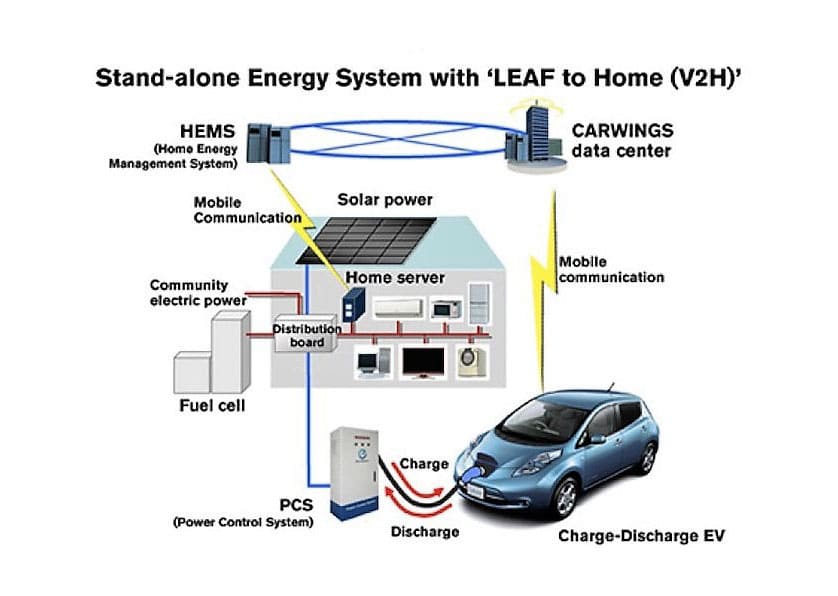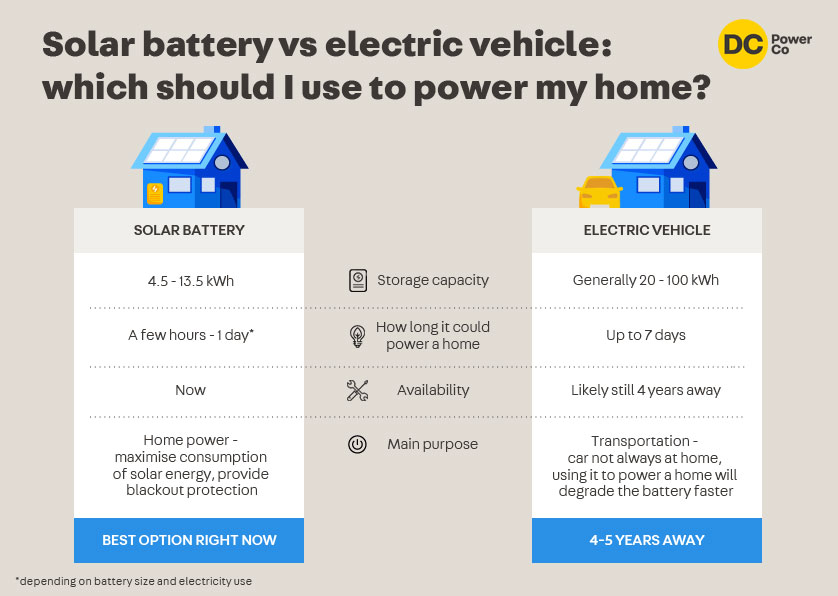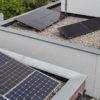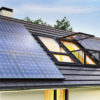Electric vehicle sales are on a rise in Australia. Even though the overall number of EVs and plug-in hybrids sold in 2020 was a paltry 0.7 percent of the overall vehicle sales, more EVs were sold through July in 2021 than the whole of 2020. So, the signs that more people want to go the EV route are definitely on the rise.
Since solar power is already very popular, many people do wonder — couldn’t we use the massive battery packs of EVs and even plug-in hybrids to power our homes? Since battery backup for solar power is already a hot topic, it would make sense to simply use EVs instead of investing in an entirely new battery system.
EVs powering homes certainly seem like the perfect solution. You can use your solar panels to juice up your EV, and use it to keep your home powered, effectively eliminating both your daily cost of commuting and home-power.
Even so, how feasible is this idea. And, is anyone even working on it?
EVs Appear to Make the Perfect Home Battery Backup
The batteries that go into an electric vehicle aren’t different from those that are offered in standard UPS battery backups. The only difference is that while we have multiple battery options for home battery storage such as lead-acid, nickel-cadmium, nickel-iron and lithium-ion, EVs currently only use lithium-ion batteries because of their significantly higher energy densities and discharge rates.

Lithium-Ion batteries have also become cheaper and safer making them a more preferred option over older technologies. Even most home battery backup systems such as Tesla Powerwall use them.
Currently, the price of solar battery backup systems with installation in Australia is $800-1000 per kWh including installation. So, a 5 kWh home battery system will set you back by $5,000. That’s more than the price of a entry level 5 kWh solar power system itself, big investment!
The battery pack of EVs on the other hand, range from 17.6 kWh for Smart EQ to 50 kWh in a Tesla Model 3. That’s a LOT more capacity than what most home battery backup solutions offer! Of course, since the batteries are in a car, they are of more use than just powering your home.
EVs, however, do command a hefty price. Most EV prices begin at $20,000 and go upto a million or more. The Tesla Model 3 for example which comes with a 82 kWh (2021 model) starts at around $59,990. While it may seem like a lot of money, the advantages EVs offer quickly outshoot their high upfront cost. Not only will you never have to bother with fuel, but EVs simpler in design also require less maintenance.
Vehicle-to-Home is a Thing, Kind Of
The primary advantage that EVs bring here is their insane battery capacity. So, while you can keep your home powered for a few hours to a day with regular 5-10 kWh solar battery systems, with even a small-sized EV, you can keep your home going for several days, at least.
The concept is no doubt an interesting one, and has already received a lot of attention worldwide. Vehicle to Home, Vehicle to Grid and Vehicle to Everything powering solutions are being developed by many companies. But, therein lies the catch.

While electric vehicles do provide the potential for powering your home, you still can’t just attach a couple of wires to one and power your home. The vehicle has to have bidirectional charging, which most EVs today don’t.
For example, the Hyundai Ioniq 5 can power other vehicles through a cable. And, there’s no reason why it can’t do the same for your home. Similarly, Nissan’s Leaf is already being tested for V2H in Europe, Japan and Australia. Japan is also using EVs as part of its disaster response policy where their batteries are used to provide power during mass outages.
But, this also means that most EVs in the market are incapable of powering your home as they are. They will either need to be modified, or you will have to buy one with bidirectional charging.
You may also require additional equipment to harvest power from your EV’s battery. For example, the R16 home management system from US based company Dcbel comes with V2H out of the box.
V2H Has Its Own Caveats
While the idea of vehicles serving as battery banks for homes is appealing, it does come with a few drawbacks.
A battery’s life depends on how many times it’s charged and discharged. Using an EV to power up a home will mean its batteries will go through far more charge-cycles than if they were used only for the vehicle, which can drastically reduce their serviceable life.
Let’s not forget that someone might be home while the vehicle’s not. What happens if you have to leave town for a few days or even weeks for work and your family can’t travel with you?
Even though V2H will eventually become a routine part of our lives as almost all manufacturers are working on it, home battery solutions will continue to have their place. They’re always available and are designed exclusively to power homes, which gives them an edge.
And…..a BIG drum roll……….check that warranty disclaimer, as connecting your new car as the home battery backup could bring tears because hidden in the warranty are clauses which “may” cause you to void the vehicle’s warranty.
We know that finding a home power solution, whether it is solar or battery-only can be a daunting one. Nevertheless, it’s the problem we’re here to solve. Feel free to contact us with any questions you might have.





